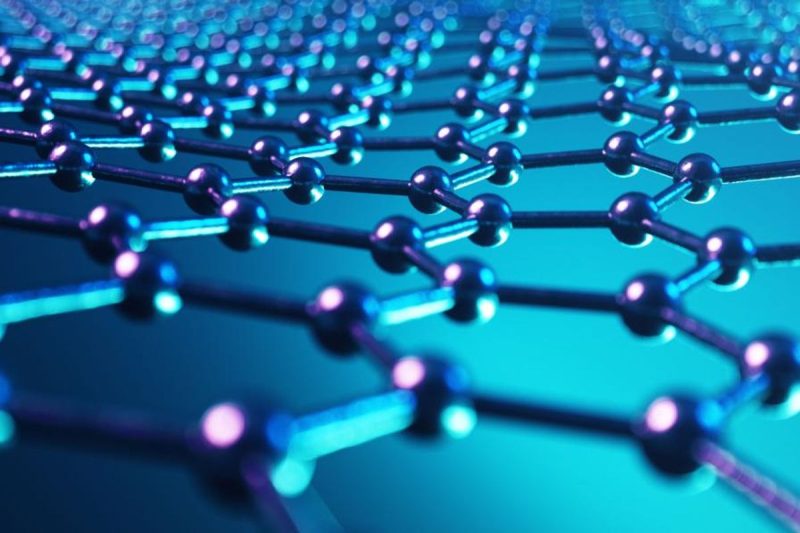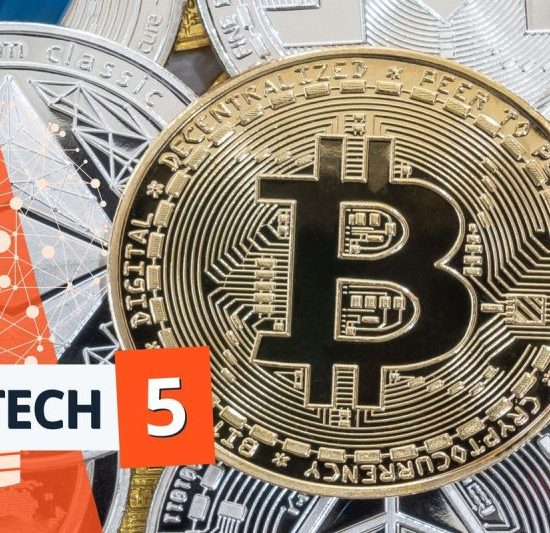Body:
As of 2024, the production and availability of graphene has significantly increased, yet, the cost implications associated with this revolutionary material remain a major talking point. A result of various multi-faceted factors, the cost of graphene is influenced by multiple interlinked components. Let’s delve deeper into comprehending these dynamics that impact the price point of graphene in the market.
1. Graphene Quality:
The quality of graphene poses a substantial impact on its cost. Distinct types of graphene have different quality levels, including variations in thickness, number of layers, crystal alignment, and uniformity. High-quality graphene, characterized by single-layer constitution and excellent uniformity, is typically more expensive as compared to multilayer graphene derivatives or graphene of subpar quality.
2. Production Methods:
The production protocol employed to synthesize graphene also significantly influences its cost. Traditional methods, like mechanical exfoliation (Scotch Tape method), are highly affordable but do not offer large volumes of graphene. On the contrary, more advanced strategies like Chemical Vapor Deposition (CVD) can produce high-quality and large quantities of graphene but at a higher cost. Consequently, the method of production has direct implications on the cost of graphene in the market.
3. Supply and Demand:
As with any other market proposition, the supply-demand dynamics also govern the cost of graphene. Given its tremendous potential in diverse applications, the demand for graphene has witnessed an exponential surge. However, the capacity to meet this demand via accelerated production has not kept pace, thereby causing a supply-demand discrepancy. This discrepancy largely dictates the price attributes of graphene.
4. Technological Advancements:
The technological progression within the graphene production sector itself impacts the cost. As technology progresses and becomes more efficient, the cost of production decreases; this reduction ultimately trickles down to the end consumer. Simultaneously, if technological advancements necessitate specialized machinery or complex processes, the cost of graphene may rise.
5. Regulatory Compliance:
Lastly, the compliance with safety and environmental regulations also adds to the cost of graphene. This is because the extraction and production of graphene may present certain environmental challenges. Therefore, ensuring eco-friendly production and adhering to all necessary regulations to mitigate the negative impacts may increase production costs, influencing the overall cost structure of graphene.
6. Market Competition:
The degree of competition among graphene producers also plays a crucial role in determining its price. More competition usually leads to aggressive pricing strategies, potentially lowering the cost. Conversely, a lack of competition may cause prices to inflate.
The cost of graphene remains a nuanced subject, disturbed by myriad factors from quality variance and production methods to supply and demand dynamics, technological advancements, regulatory compliance, and the degree of market competition. As research continues in this field and advancements in production technologies emerge, it is hoped that the cost of graphene will become more economical, propelling wide-scale adoption.




